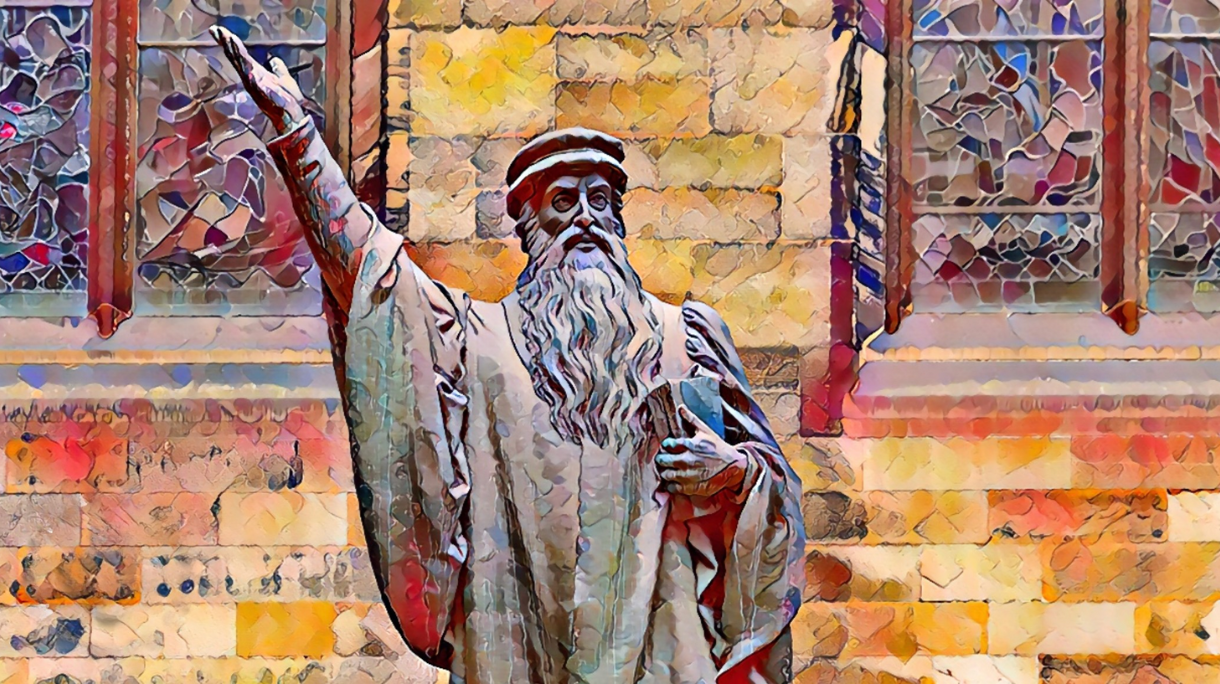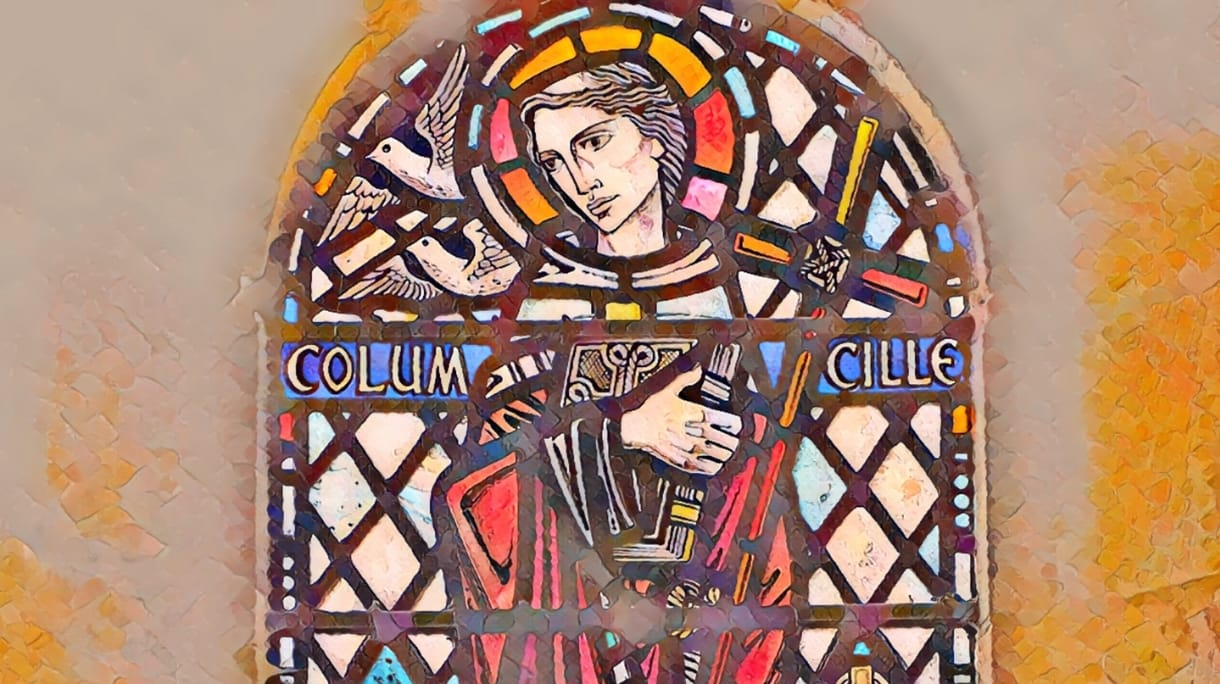The tide was out and the causeway glistening as we crossed to Holy Island. The light was gentle, the air still. A perfect place, you might think, for peace and prayer. That is, until one child bustles across the green priory lawn, re-enacting the Viking conquest, and the other launches himself up a tree en route to the castle.

It was moments like these that made me smile and wince all at once. Holy Island, the sanctuary of St Cuthbert, shaped by silence and solitude, has always been a place of retreat. But standing there with restless children at my side, I wondered what it means to seek holiness in the noise of family life.
The Pull of Solitude and the Gift of Community
St Cuthbert’s story is one of withdrawal. He longed for stillness, for a life apart where his prayers might rise unhindered. Yet even on his remote island, pilgrims came. They always came. The holy cannot be hidden for long.

But before Cuthbert, there was St Aidan, the monk who first brought the gospel to Northumbria from Iona. Aidan was known for his kindness and humility, walking from village to village to teach, pray, and help the poor. Where Cuthbert embodied the contemplative heart of Lindisfarne, Aidan embodied its open door. One sought God in solitude, the other found Him in conversation and compassion.
Together they form the island’s rhythm, silence and service, prayer and presence, two movements of the same holy life.

As parents, we often dream of that same kind of silence, just a few minutes of uninterrupted peace. But maybe there’s something deeper in Cuthbert’s rhythm of retreat and return, and in Aidan’s constant movement among the people. Solitude and service, both needed, both sanctified.
The earliest Christians understood this, too. They didn’t begin their worship in grand cathedrals but in house churches, kitchens and courtyards alive with the sound of conversation and clattering dishes. Faith was lived at the heart of the household, not apart from it.
Paul, who knew well the busyness and unpredictability of these domestic gatherings, offered words that reach across time to anyone longing for peace in a noisy world:
Do not be anxious about anything, but in everything by prayer and supplication with thanksgiving let your requests be made known to God. And the peace of God, which surpasses all understanding, will guard your hearts and your minds in Christ Jesus.
(Philippians 4:6-7, NRSV)
The Birth of a Broader Church
In Acts 6:1, a small conflict over food distribution marks a turning point in the story of the early Church:
When the number of disciples was increasing, the Hellenists complained against the Hebrews because their widows were being neglected in the daily distribution.
The apostles responded by appointing seven men full of faith and the Spirit to serve the community. Their role was deeply pastoral: to ensure that no one in the growing Church was overlooked, especially widows and those on the margins. By attending to practical needs, they allowed the apostles to focus on teaching and prayer, creating a balance between spiritual formation and everyday care.
In this way, the Seven show us that service is itself sacred. They embody the same spirit we see in Aidan walking from village to village, or in the quiet acts of care within families on Holy Island. Holiness is not only found in stillness but in tending to the needs of those around us.
That first stir of tension between “Hellenists” and “Hebrews” was really the beginning of the Gentile movement, the early Church’s first step toward universality. It’s the moment faith began to stretch its arms wider, a living echo of the same stretching we feel when holiness meets the demands of ordinary life.
Faith Without Walls
Centuries later, Martin Luther would write that God’s promise to Abraham, “In you shall all nations be blessed,” is fulfilled not through law or ritual but through faith in Christ. For Luther, this was the heartbeat of the gospel, salvation by faith alone, open to all.
That same wide welcome was already present in those first house churches and in the spirit of Acts 6. And perhaps it’s still present on Holy Island, in the quiet prayers of monks long gone, in Aidan’s footsteps across the dunes, and in the delighted shouts of children discovering the shore.
Holiness in the Ordinary
Maybe holiness was never meant to be found only in silence. Maybe it is also found in the laughter that ripples across the tide pools, in the small hand tugging at yours, in the community that refuses to let faith become a private refuge.
Aidan’s kindness, Cuthbert’s solitude, and the pastoral care of the Seven, were paths to the same God. The peace of the monk and the noise of the child are not opposites but companions, teaching us that the divine is met both in the stillness of prayer and the interruption of love.
As we left the island, I thought of those early believers gathered around a table, breaking bread amid chatter and chaos. The holy has always lived among the human. And perhaps that’s the truest peace of all, not the absence of noise, but the presence of love.
As each has received a gift, use it to serve one another, as good stewards of God’s varied grace.
(1 Peter 4:10, NRSV)

You can follow more reflections and moments of faith and beauty on Instagram @thechristianwoman.co.uk or subscribe to my newsletter here.








Comments